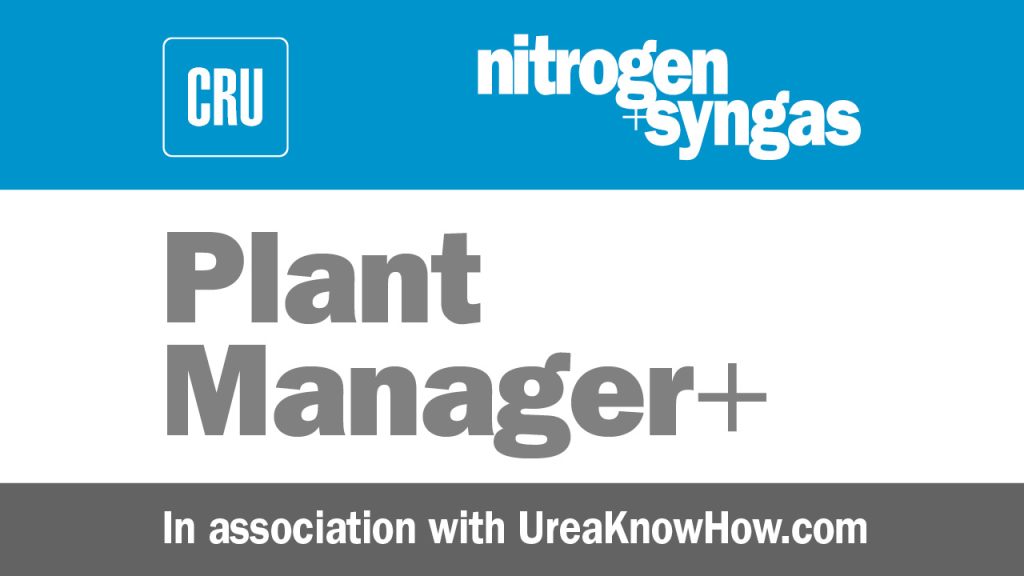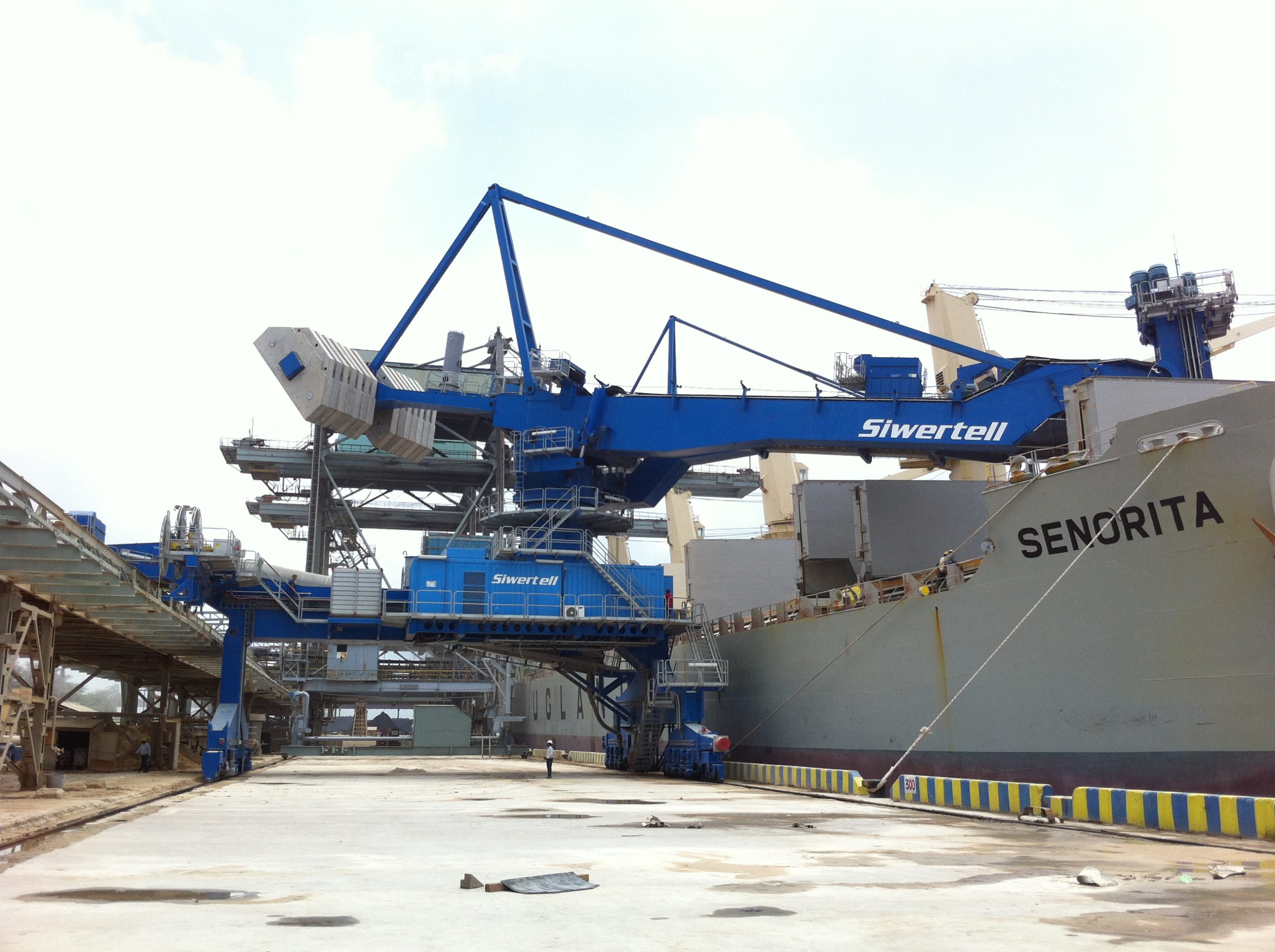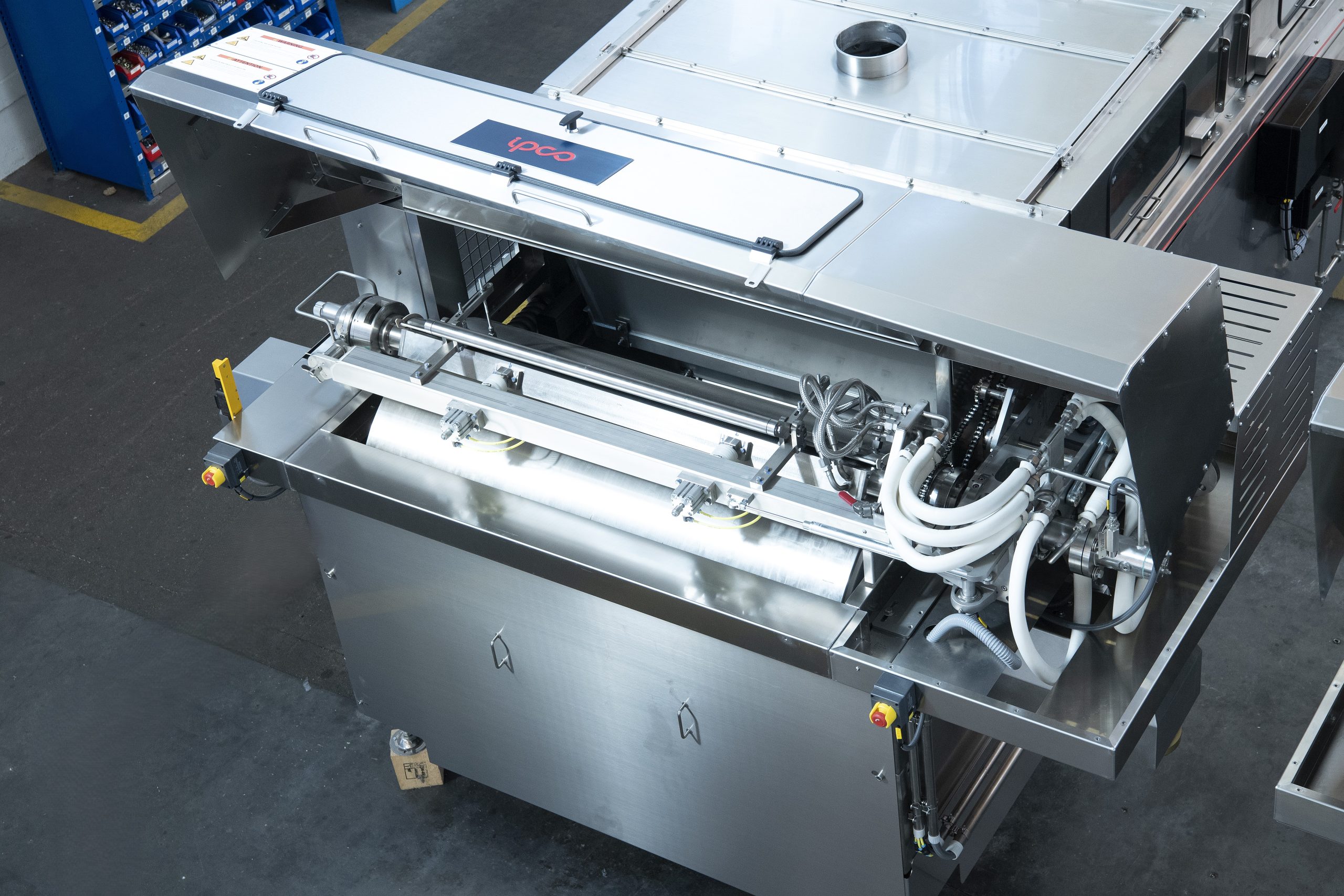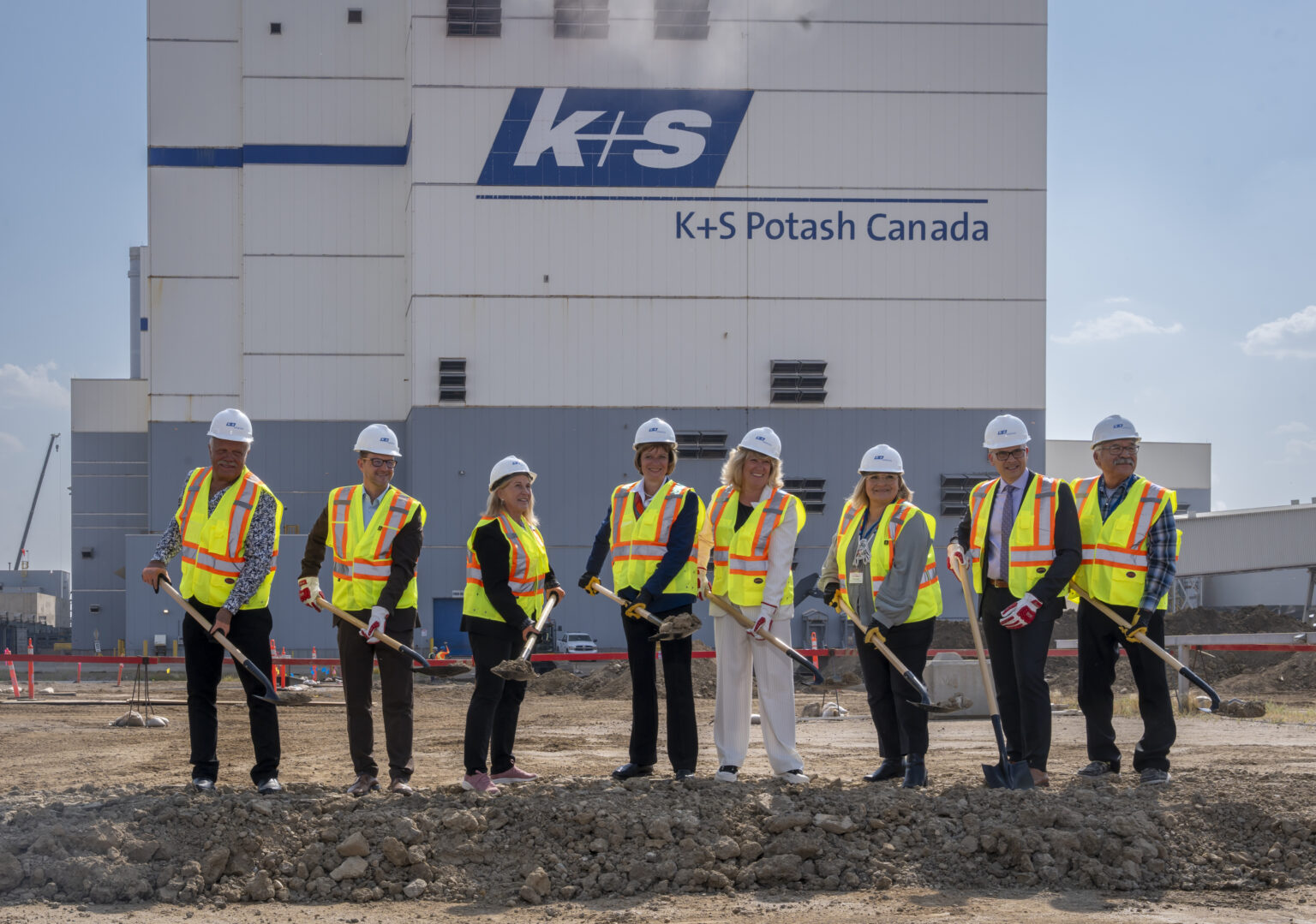Nitrogen+Syngas 314 Nov-Dec 2011

31 December 2011
Problem No. 9: Unblocking pipelines after a urea plant shutdown
In several sections of a urea plant, pipelines can become easily blocked when temperatures become too low and crystallisation can take place. In the evaporation section, urea melt is present which crystallises at about 133°C when in the pure form. Furthermore, urea can also polymerise to biuret, triuret and poly-urea with high crystallisation temperatures when urea is kept for a longer period at high temperatures. In addition to pipelines becoming blocked, the internals of several equipment items can also suffer from these problems as shown in the picture. In the recirculation section ammonium carbamate is present which crystallises at about 153°C when in pure form. And in the high pressure synthesis section, urea and carbamate mixtures are present. During normal operation the risk of blocked lines is small, however, during a shutdown of the plant, blocking can occur if the right measures are not taken. This Round Table discussion discusses which measures to take and what to do when a line is blocked.

Mr Manzoor Ahmad Taraqfdar of Bangladesh Chemical Industries Corporation in Bangladesh initiates the discussion:

When restarting our urea plant after a shutdown, on several occasions we have experienced a line blockage. We are not sure whether the white material is ammonium carbonate or ammonium carbamate. Normally this blockage can be removed by hot water. In cases where a water wash is not possible without dismantling the pipeline, we have tried flame heating of the pipe from the outside by removing the insulation. However, most of the time it did not work and we have had to dismantle the pipeline.
I would like to know the following:
- What is the white material?
- How do we avoid its formation after a shutdown?
- What is the standard method for unblocking lines?
Mr Muhammad Kashif Naseem of SABIC in Saudi Arabia asks:
Please define the area where you have found this material.
Mr Nasir Hussain of Pak Arab Fertilizers in Multan, Pakistan provides the first answers:
This white material could be urea or carbamate, both of which solidify upon cooling or when there is sufficient time for their solidification. A possible reason for this phenomenon could be the improper flushing of the sections during shutdown. Therefore, after shutdown flush all sections thoroughly with hot condensate.
Mr Manoj Chaturvedi of Star Aria Ammonia Company in Iran contributes to the discussion with his own experience and provides further recommendations:
This will either be urea or ammonium carbamate. The only solution to unblock the lines is by heating either directly by injecting condensate or steam into the pipeline or by indirect heating through flame or steam outside the pipeline. If the point of the blockage can be located it can be targeted. If the location of the blockage is unknown, some of the flanges in between the line can be opened and direct heating can be applied. I experienced the same thing mostly in urea melt lines where the solidification is quick after shutdown if the drain line is also found to be blocked.
To avoid blockages, it is always recommended that in each shift the drains of all the critical lines which are subject to blocking are checked.
Mr Siddharth of Tata Chemicals Ltd in India contributes to the discussions with a valuable warning:
Be careful while unblocking the pipelines in the urea plant by flame heating because overheating or localised heating may cause thinning and damage to the pipeline. We experienced this when unblocking our reactor drain line.
Mr Zeeshan Shoaib of Fauji Fertilizer Company in Pakistan shares his experiences and recommendations:
We experienced a similar problem at our plant, but fortunately we were able to rectify the problem after a long struggle. It occurred in the discharge line of P-106 (a pump taking the suction from the pre-concentrator holder and sending the solution into the vacuum unit) when we applied the feed to the reactor after the shutdown. This blockage was caused by carbamate that had solidified due to poor flushing. We had to cut off the feed because the level was increasing and the solution reached the condensate tank. We have three recommendations:
- Apply flushing after heating the line.
- Ensure that the drain/sample point of that line is flushed.
- Finally, if the line has tracing it should be in service and ensure that the steam trap isolations are removed and that they are in service.
Mr Malik Sohail of Pak-American Fertilizer Limited in Pakistan asks a question related to blocking of internals of equipment items:
If carbamate solidifies in equipment like the carbamate condenser or in the high pressure loop equipment, can it be removed by hot water or should some other method be used to remove this solid?
Mr Ajkumar Kulkarni of RCF LTD in India summarises the recommendations and introduces an interesting solution to minimise the problem of blocking:
It is preferable to avoid the blockage problem by following a standard operating procedure.
- After shutdown, drain the solution.
- Circulate hot condensate and drain through all the drain points provided to confirm that there is no solution available / remaining in the system which can cause blockage.
- Ensure that the tracing lines are in line and steam traps are in line and in working condition so no condensate hold up happens.
- Dilute the solution (in case the solution is being held) with condensate.
I have a suggestion to identify the area where the temperature has dropped due to any problem: Provide skin temperature measurements for the most probable and difficult to access points. This is a low cost solution which can immediately detect any problem and helps to isolate/identify the problem area (blockage) to enable the problem to dealt with quickly.
Mr Tarun Batra of National Fertilizers Limited in India confirms the importance of having a proper flushing procedure and asks for a solution for a blocked heat exchanger in the urea melt section: We all know that pipelines in a urea plant are very prone to blocking due to solidification of ammonium carbamate/urea during unplanned stoppages of the plant when adequate flushing with hot condensate/steam of the pipelines has not been carried out.
Thus it is always preferred to have a foolproof arrangement of condensate/steam to adequately flush out the system after plant stoppages. Another critical area is high concentrated (99%) urea heat exchangers in the vacuum stage. Concentrated urea solution, if allowed to remain stagnant at higher temperature in the heat exchanger, will result in pyrolysis of the urea forming biuret/triuret. This problem can arise say if 99% urea pumps loose suction due to any reason and steam to the heat exchanger is open and solution is stagnant in the heat exchangers for some time. The removal of this type of blockage is not possible by steaming.
Mr Mark Brouwer of UreaKnowHow.com in the Netherlands confirms the risk of overheating urea grade materials:
Please realise that heating up austenitic stainless steels like 316L UG or 25-22-2 and duplex steels can deteriorate the corrosion resistance of these materials.
For example heating 316L UG above 500°C will increase the corrosion rate.
| This series of discussions is compiled from a selection of round table topics discussed on the UreaKnowHow.com website. UreaKnowHow.com promotes the exchange of technical information to improve the performance and safety of urea plants. A wide range of round table discussions take place in the field of process design, operations, mechanical issues, maintenance, inspection, safety, environmental concerns, and product quality for urea, ammonia, nitric acid and other fertilizers. |






